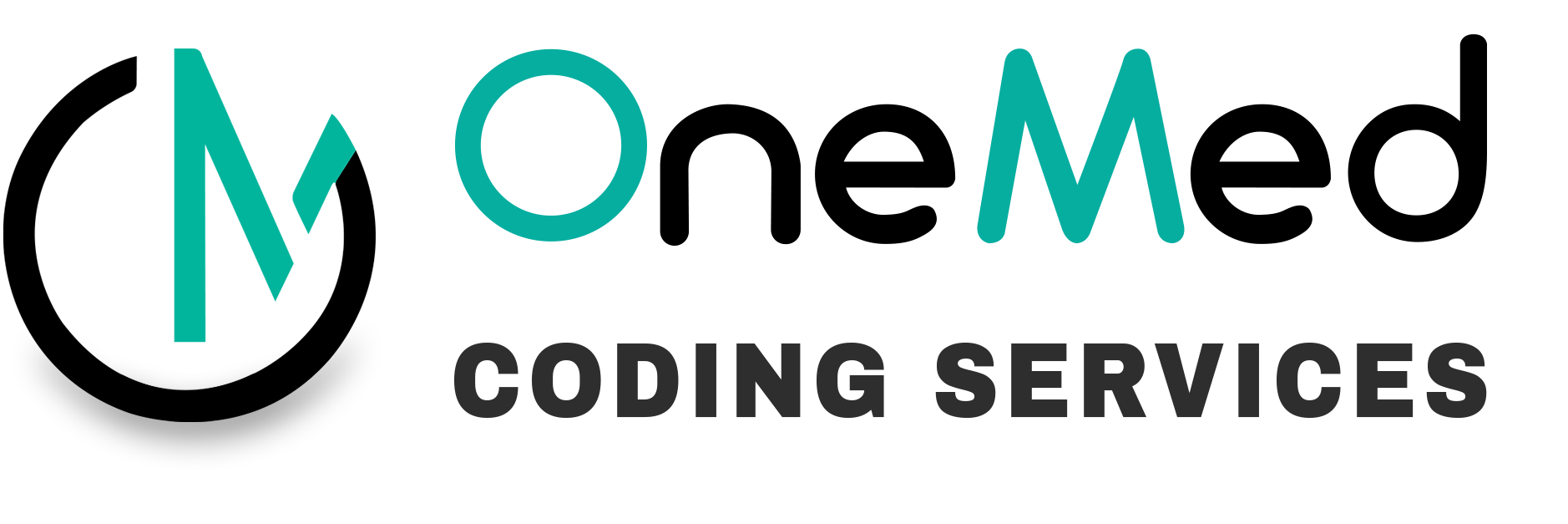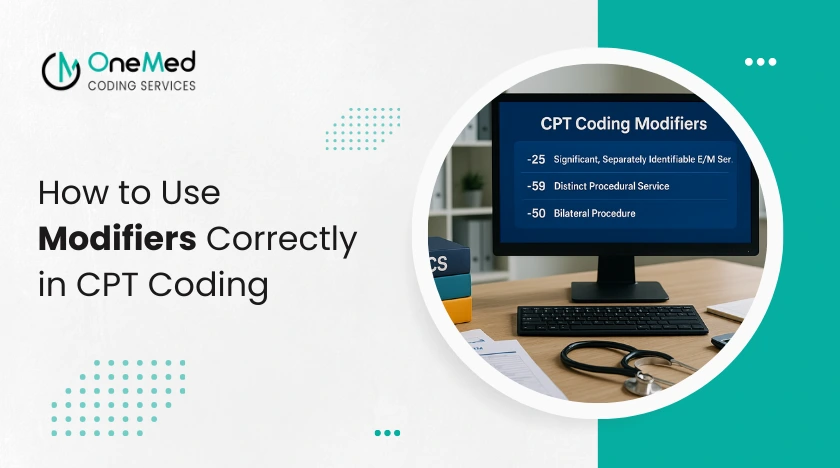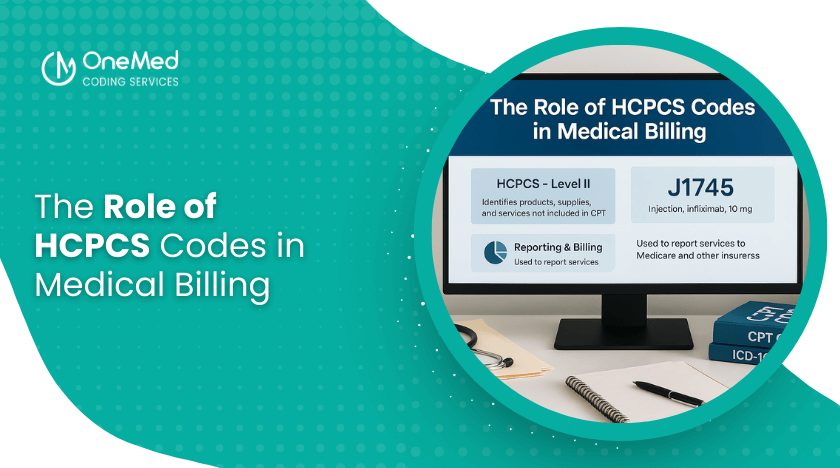Introduction
CPT codes are essential for medical billing, but they don’t always provide the complete picture on their own. That’s where modifiers come into play. These two-digit additions help clarify how, why, or where a service was performed. When used correctly, they ensure that providers receive fair reimbursement for the care they deliver. However, if used incorrectly, they can lead to denials, audits, or compliance issues.
What Are CPT Modifiers?
Modifiers are added to CPT codes to give payers additional information about a procedure or service. They don’t change the code’s definition but offer context, such as:
- Was the procedure done on more than one site?
- Was the service reduced or stopped?
- Was the same service performed on the same day?
For instance, coding a surgical procedure with modifier -50 indicates it was done bilaterally, which helps the payer understand the claim better.
Why Modifiers Matter in Medical Billing
Using modifiers accurately ensures:
- Proper Reimbursement: Modifiers convey important details that impact payment, like whether procedures were bilateral or multiple.
- Reduced Denials: Clear coding helps minimize confusion that can lead to claim rejections.
- Compliance Protection: Correct usage helps avoid issues related to upcoding or fraud.
- Efficient Documentation: Modifiers connect coding to the actual events that occurred during care.
Without modifiers, claims might be underpaid or denied because the payer lacks the full context.
1. Modifier 25 – Significant, Separately Identifiable E/M Service
This modifier comes into play when a physician provides an evaluation and management (E/M) service on the same day as another procedure. For instance, if a patient undergoes a minor procedure but also requires a comprehensive evaluation for a different issue, Modifier 25 is used.
2. Modifier 59 – Distinct Procedural Service
This one indicates that two procedures, which typically wouldn’t be reported together, were actually performed in separate sessions or at different locations.
3. Modifier 50 – Bilateral Procedure
You’ll use this modifier when the same procedure is carried out on both sides of the body, like when cataracts are removed from both eyes.
4. Modifier 22 – Increased Procedural Services
This modifier is added when a procedure turns out to be significantly more complex than usual, necessitating extra time or effort from the provider.
5. Modifier 26 & TC – Professional and Technical Components
Modifier 26 refers to the professional component, which is the physician’s interpretation, while Modifier TC covers the technical component, which involves the use of equipment and staff. These modifiers are particularly common in radiology and diagnostic testing.
Common Mistakes with Modifiers
Overusing Modifier 59: This is a common red flag during audits, especially when it’s used to sidestep edits without the necessary documentation.
Forgetting Modifiers: Neglecting to include modifiers can result in underpayment or even outright denial of claims.
Using Multiple Modifiers Incorrectly: Some modifiers aren’t meant to be combined, and misusing them can lead to confusion for payers.
Lack of Documentation: It’s crucial that every modifier is backed up by provider notes to hold up during audits.
Best Practices for Using Modifiers Correctly
- Train Coders and Providers – Ensure staff understand when specific modifiers are required.
- Conduct Regular Audits – Performing internal audits can help identify any misuse before the payers do.
- Check Payer Guidelines – Different insurers may have varying interpretations of modifiers, so it’s important to review their policies.
- Document Everything – When a modifier is applied, your documentation should clearly explain why it was necessary.
- Leverage Technology – Claim scrubbing tools can notify billers if any modifiers are missing or incorrectly applied.
Conclusion
CPT modifiers are not just simple two-digit additions; they are vital tools for ensuring accurate, compliant, and efficient billing. By using them properly, providers can safeguard their revenue, minimize denials, and make sure that claims accurately reflect the care provided. With ongoing training, meticulous documentation, and proactive audits, coding teams can confidently apply modifiers and keep the billing process running smoothly.





0 Comments